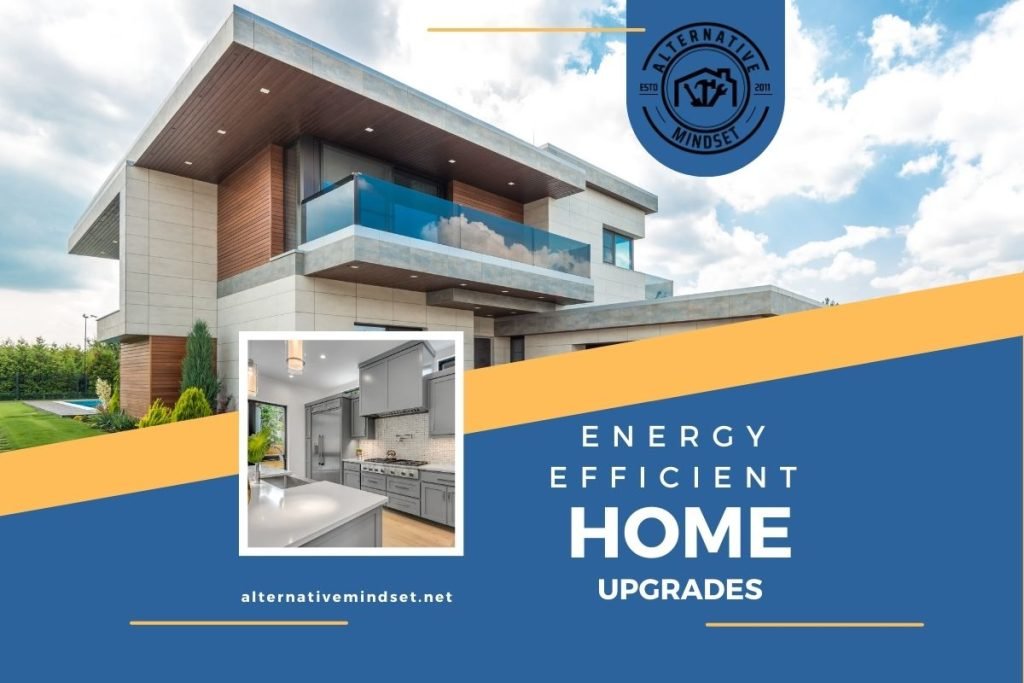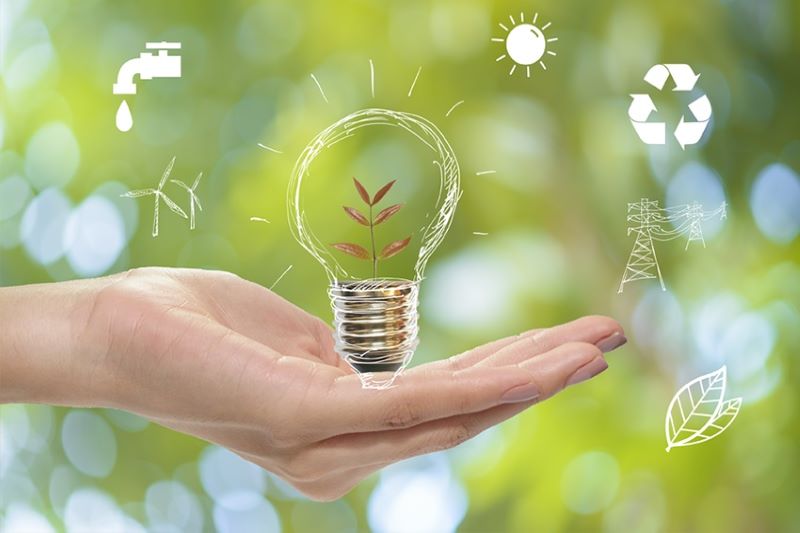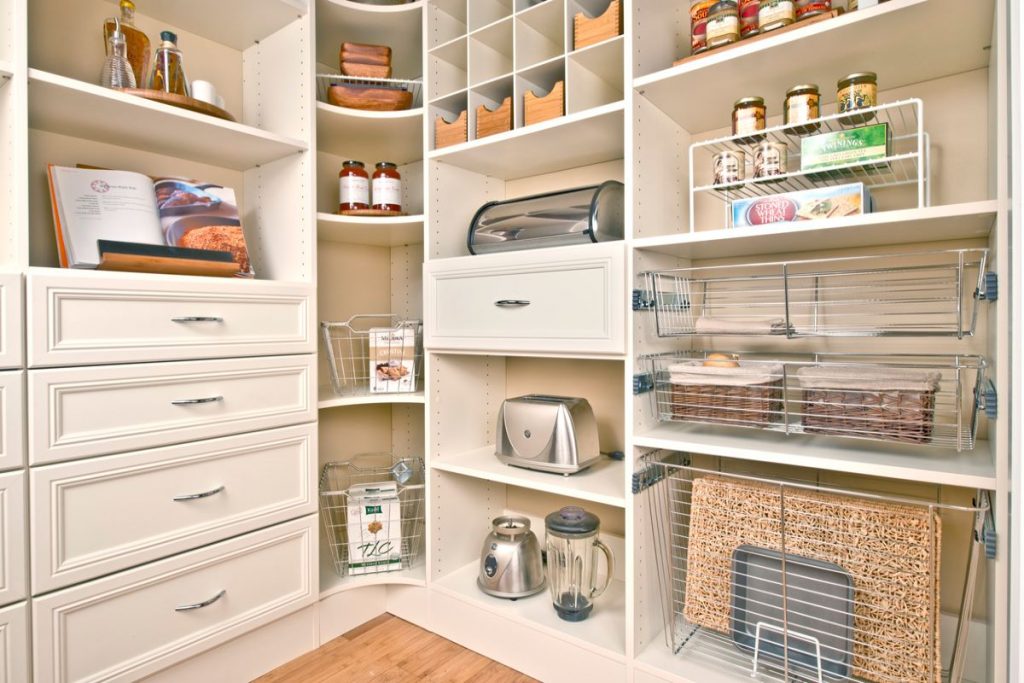Table of Contents
As the world embraces a greener future, the journey toward sustainability begins at home. Energy-efficient upgrades not only reduce utility bills but also contribute to environmental conservation. This comprehensive guide delves into a myriad of energy-efficient home upgrades, exploring technologies and strategies that empower homeowners to make a positive impact on their energy consumption.
1. Solar Panels: Harnessing the Power of the Sun
Solar panels stand as a symbol of clean, renewable energy. By harnessing the power of the sun, homeowners can generate electricity, reduce dependency on the grid, and even earn credits through net metering. This section delves into the technology behind solar panels, installation considerations, and the long-term benefits of embracing solar energy.
2. Attic Insulation: Keeping Comfort and Savings at the Top
The often-overlooked attic plays a crucial role in maintaining a comfortable indoor environment. Proper attic insulation reduces heat transfer, prevents energy wastage, and ensures consistent temperatures. This section explores various insulation materials, their benefits, and the importance of a well-insulated attic in achieving overall energy efficiency.
3. Ceiling Fans: The Dual-Purpose Cooling Solution
Ceiling fans go beyond providing a gentle breeze; they contribute to both cooling and heating efficiency. By promoting air circulation, ceiling fans enhance the effectiveness of HVAC systems, allowing for temperature adjustments without compromising comfort. Readers discover the optimal use of ceiling fans and how they complement other energy-efficient upgrades.
4. Window Replacements: A Clear Path to Energy Efficiency
Windows are a gateway to natural light, but they can also be sources of energy loss. Upgrading to energy-efficient windows with double or triple glazing, Low-E coatings, and proper insulation transforms windows into assets for maintaining indoor comfort. This section navigates through the options and considerations when choosing energy-efficient window replacements.
5. Programmable Thermostat: Precision in Temperature Control
Precision is key when it comes to managing home temperatures. Programmable thermostats offer a smart solution, allowing homeowners to create personalized schedules that optimize energy consumption. This section explores the features and benefits of programmable thermostats, emphasizing their role in achieving efficient heating and cooling.
6. Energy-Efficient Lighting: Illuminating the Path to Savings
Lighting choices play a significant role in a home’s energy profile. Transitioning to energy-efficient lighting, such as LED technology, reduces electricity consumption, lowers utility bills, and contributes to a longer-lasting and eco-friendly lighting solution. Readers gain insights into the advantages of LED lighting and its impact on overall energy efficiency.
7. Smart Appliances: Intelligent Choices for a Greener Home
The era of smart homes brings forth appliances that actively contribute to energy efficiency. Smart refrigerators, washing machines, and other household gadgets come equipped with features that optimize energy consumption. This section explores the market of smart appliances, guiding readers on making intelligent choices for a greener and more connected home.
8. Heat Pump: Efficient Heating and Cooling in One
The heat pump stands as a versatile and energy-efficient solution for both heating and cooling needs. By leveraging ambient heat, heat pumps provide a sustainable alternative to traditional HVAC systems. This section delves into the technology behind heat pumps, their advantages, and considerations for optimal performance.
9. Insulating Ducts: Sealing the Path to Efficiency
Ductwork is the circulatory system of a home’s HVAC system, and insulating ducts is crucial for preventing energy loss. By sealing and insulating ducts, homeowners ensure that conditioned air reaches its destination efficiently. This section provides insights into the importance of duct insulation and techniques for achieving a well-sealed system.
10. LED Lighting: Illuminating Efficiency
In the realm of lighting, LED technology shines as a beacon of efficiency. This section takes a closer look at the advantages of LED lighting over traditional incandescent and CFL bulbs. From energy savings to extended lifespan, readers gain a deeper understanding of why LED lighting is a cornerstone of energy-efficient homes.
11. Smart Thermostat: Intelligent Climate Control
Building on the concept of programmable thermostats, smart thermostats take climate control to the next level. This section explores the learning algorithms and remote control features of smart thermostats, highlighting their role in adapting to occupants’ habits and optimizing energy usage.
12. Upgrading Your Heating: Efficiency in Every Degree
Efficient heating is essential for comfort, and this section explores various options for upgrading heating systems. From high-efficiency gas furnaces to heat pumps, readers discover technologies that not only provide warmth but also contribute to energy savings and environmental sustainability.
13. Tankless Water Heating: On-Demand Efficiency
Traditional water heaters can be energy hogs, especially when keeping water hot continuously. Tankless water heaters, on the other hand, provide hot water on demand, eliminating the need for constant heating. This section navigates through the benefits of tankless water heating and considerations for incorporating this efficient technology.
14. Doors: Enhancing Energy Efficiency at Entryways
Doors serve as gateways to homes, and their efficiency impacts overall energy consumption. This section explores energy-efficient door options, considering materials, insulation, and proper installation techniques. Upgrading entry doors becomes a strategic move in achieving a well-insulated and eco-friendly home.
15. Weather Stripping: Sealing Leaks for Efficiency
Air leaks around doors and windows contribute to energy wastage. Weather stripping acts as a simple yet effective solution to seal these leaks, preventing drafts and maintaining indoor comfort. This section guides readers on the types of weather stripping and the importance of proper installation for optimal efficiency.
16. Air Sealing: Comprehensive Solutions for Energy Conservation
A holistic approach to energy efficiency includes air sealing, addressing gaps and cracks in a home’s structure. This section explores the benefits of comprehensive air sealing and techniques for identifying and sealing potential leakage points. Readers gain insights into how air sealing contributes to a well-insulated and energy-efficient home.
17. Cool Roofs: Reflecting Heat and Lowering Energy Demand
Cool roofs reflect more sunlight and absorb less heat, making them efficient solutions for reducing indoor temperatures. This section delves into the technology behind cool roofs, their benefits, and considerations for homeowners looking to lower their energy demand and enhance overall comfort.
18. Energy Advice: A Guiding Light for Efficiency
Navigating the landscape of energy-efficient upgrades can be overwhelming. This section offers practical advice and tips to guide homeowners through the decision-making process. From understanding energy labels to conducting home energy audits, readers receive valuable insights that empower them to make informed choices.
19. ENERGY STAR Appliances: A Seal of Efficiency
The ENERGY STAR label serves as a reliable indicator of appliance efficiency. This section explores the significance of ENERGY STAR certification and encourages readers to prioritize appliances that meet these stringent energy efficiency standards. Making conscious choices contributes to both energy savings and environmental stewardship.
20. HVAC System: The Heartbeat of Home Comfort
The HVAC system plays a central role in maintaining indoor comfort, making it a focal point for energy efficiency upgrades. This section explores high-efficiency HVAC systems, the importance of regular maintenance, and considerations for upgrading to environmentally friendly alternatives. Readers gain insights into optimizing the heartbeat of their home.
21. Cavity Wall Insulation: Wrapping Homes in Efficiency
Cavity wall insulation provides an additional layer of thermal protection, reducing heat transfer and energy consumption. This section explores the benefits of cavity wall insulation, the materials used, and considerations for homes with existing cavity walls. Readers discover how this insulation strategy enhances overall energy efficiency.
22. Draught Proofing: Closing Gaps for Efficiency
Gaps and cracks in a home’s structure contribute to drafts and energy wastage. Draught proofing becomes a proactive solution for closing these gaps and enhancing overall energy efficiency. This section guides readers on identifying and addressing draughts, creating a more comfortable and energy-efficient living space.
23. Seal Air Leaks: Fortifying Homes Against Energy Loss
Air leaks compromise the integrity of a home’s insulation and contribute to energy loss. This section provides practical tips and techniques for identifying and sealing air leaks. By fortifying homes against these leaks, readers take a significant step toward achieving a well-insulated and energy-efficient living environment.
In embarking on the journey to elevate your home’s efficiency, each upgrade becomes a building block in creating a more sustainable and comfortable living space. From harnessing solar power to sealing air leaks, these energy-efficient upgrades empower homeowners to take control of their energy consumption, reduce environmental impact, and contribute to a brighter and greener future.








